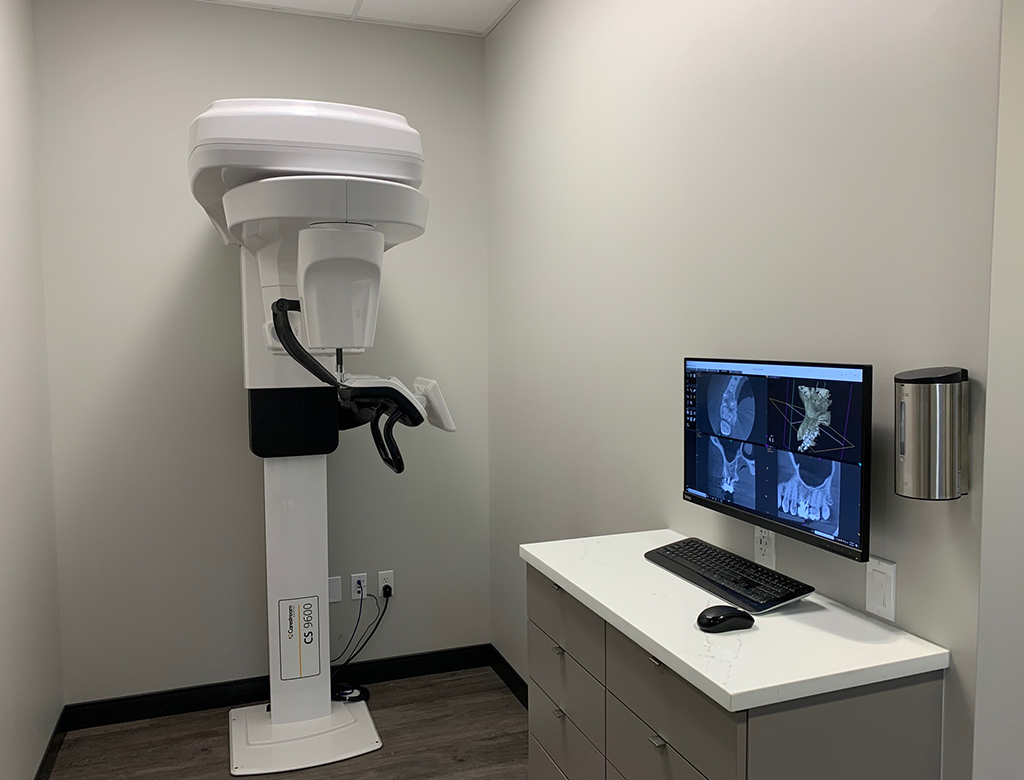
What Are The Different Types of Root Canals?
Root canal therapy saves natural teeth by treating infected or inflamed pulp inside teeth. Endodontists have different ways to approach this problem, including non-surgical and surgical options. In this blog post, we describe the different types of root canals that we offer at Apex Endodontics to give you more information on the care you can receive.
The Goal of Different Types of Root Canal Treatments
Root canal treatments all aim to remove infected or inflamed material from inside the tooth. The variations in types of this therapy depend on the tools the endodontist uses to clean out the root canals of the tooth. Some use physical equipment, while other treatments include using lasers, water, and/or sound. The exact tools the doctor uses will depend on your tooth health and the anatomy of your root canals.
Generally, the procedure starts with the endodontist preparing the area and numbing it with a local anesthetic. Next, they will open the tooth to clean out the interior using the tools of their choice. Lastly, they seal the root canals with a filling material before you get your crown or other restoration from your dentist.
Traditional Non-Surgical Root Canal Treatment
The traditional method of root canal treatment starts with the endodontist making a small pilot hole into the tooth. This entry point allows the doctor to access the inside of the tooth in order to clean it out. This type of cleaning involves using a series of tiny files introduced into the hole in the tooth. These files scrape the sides of the tooth’s interior to brush off and draw out the infected pulp. To ensure they’ve removed all debris, the endodontist will flush out the tooth’s canals with cleaning solutions. Finally, the endodontist will seal and fill the tooth. Many times, a permanent restoration needs to be placed by your general dentist after the procedure.
This traditional method requires expertise in the use of files. Without proper training and working to ensure they reach all portions of the tooth’s interior, an endodontist or dentist may leave infected material behind that might require a revision of treatment (root canal retreatment) in the future.
GentleWave Root Canal Procedure
The GentleWave root canal procedure uses files differently compared to a traditional root canal procedure. This method is minimally invasive compared to the conventional form of treatment. By using fluids and sound waves, the GentleWave more effectively cleans out the deepest, hardest to reach sections of the tooth’s roots. Plus, many patients report less pain with this type of procedure than other root canal treatment forms. It often only requires a single appointment to complete the root canal process compared to two for traditional treatments and has a better chance of long-term success.
Waterlase System from BIOLASE
The BIOLASE Waterlase system uses light (lasers are light at a specific wavelength), water, and air to clean out bacteria from the root canals. By removing more debris from inside the tooth compared to traditional root canal methods, the Waterlase system can help patients avoid the need for retreatment. Similar to the Gentlewave system, the technology of the Waterlase allows our endodontists to perform root canals in a minimally invasive manner. In other words, we do not have to drill away as much tooth! This leaves your teeth stronger and healthier over time.
Root Canal Retreatment
Another type of root canal therapy is retreatment. This type of treatment involves removing the previously placed root canal filling material. Then the endodontist will clean out the infection that remains in the tooth. Lastly, they will reseal and fill the tooth.
You may need retreatment if you have complex anatomy inside your canals that the former treatment was unable to address. Other causes of reinfection of the root canal include new cracks or cavities that may have allowed bacteria to re-enter your tooth.
Endodontic Microsurgery
Lastly, endodontists may perform surgery (endodontic microsurgery) if you have calcium deposits inside the canals, have a tooth with complex anatomy that traditional root canals cannot treat, or need treatment on a damaged root.
Typically, endodontic surgery is only pursued if non-surgical options are not feasible. If your dentist or endodontist recommend endodontic surgery, their intention is to save your tooth. The other alternative to surgery or a root canal would be the extraction of the tooth.
Visiting an Endodontist for the Different Types of Root Canal Procedures.
Endodontists get extra training to manage the different types of root canal procedures (root canal treatment, retreatment, and endodontic microsurgery). This extra training increases the success rate for the procedure and helps prevent pain during and after the procedure. The technologies they utilize also allow them to use methods that are as minimally invasive as possible.
Since endodontists perform so many root canal treatments each week, they can make investments in technology for this therapy. For instance, at Apex Endodontics, we are an authorized practice for the GentleWave procedure and the BIOLASE Waterlase procedure.
Contact Us at Apex Endodontics for Different Types of Root Canals
At Apex Endodontics, we specialize in root canal treatment, retreatment, and endodontic microsurgery. We use state-of-the-art methods to provide different types of root canals, including the GentleWave procedure, Waterlase, and surgical options, which all help to increase the chances for better outcomes for your teeth.
For questions about us or request an appointment, contact us at Apex Endodontics in Colorado Springs, CO.
